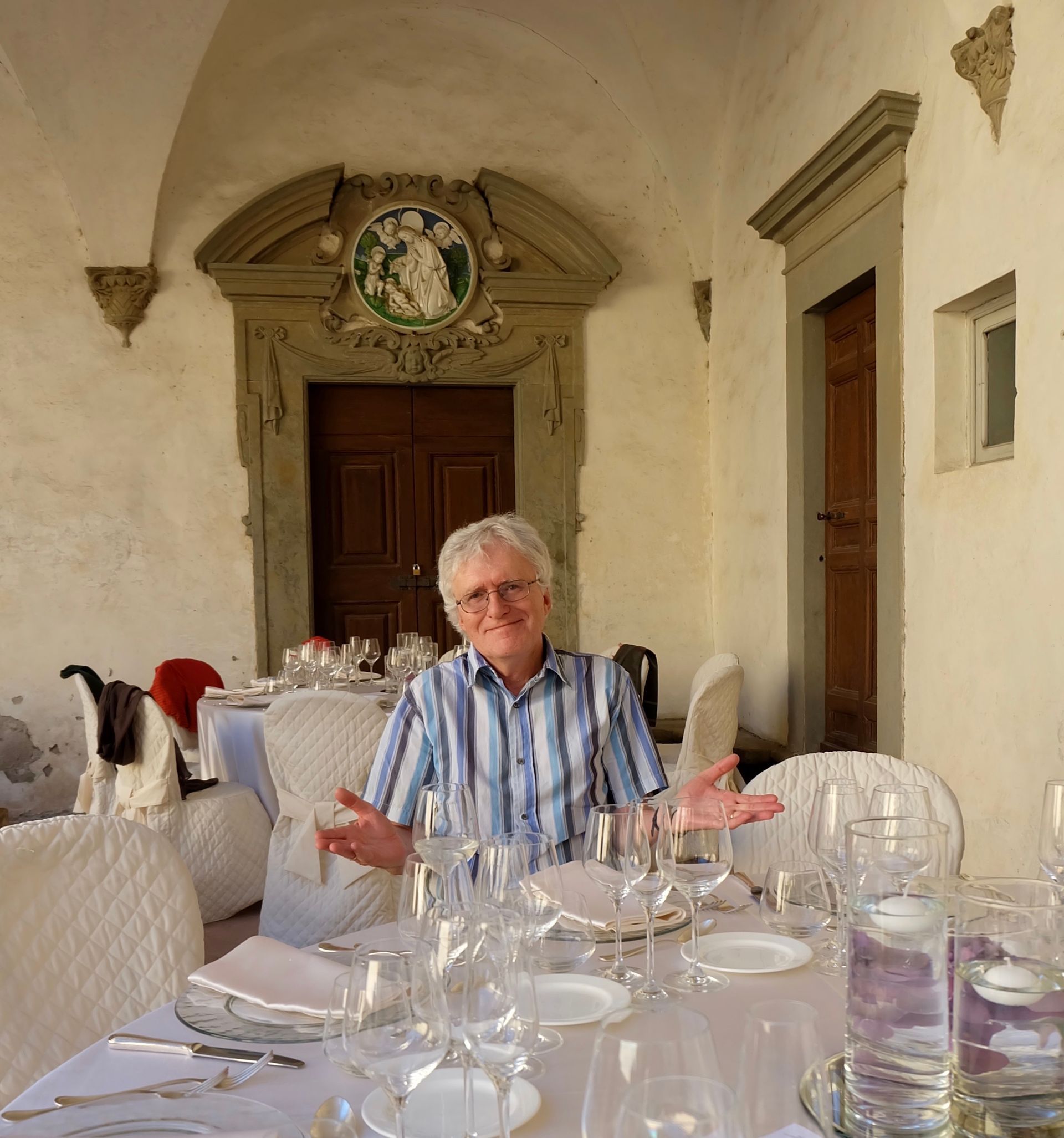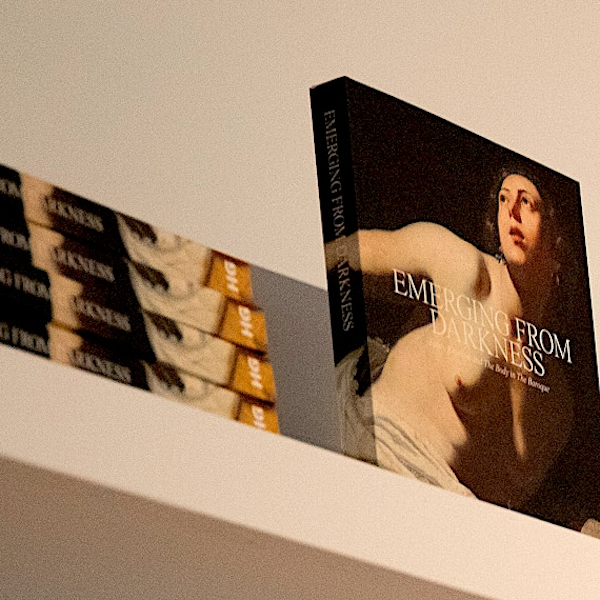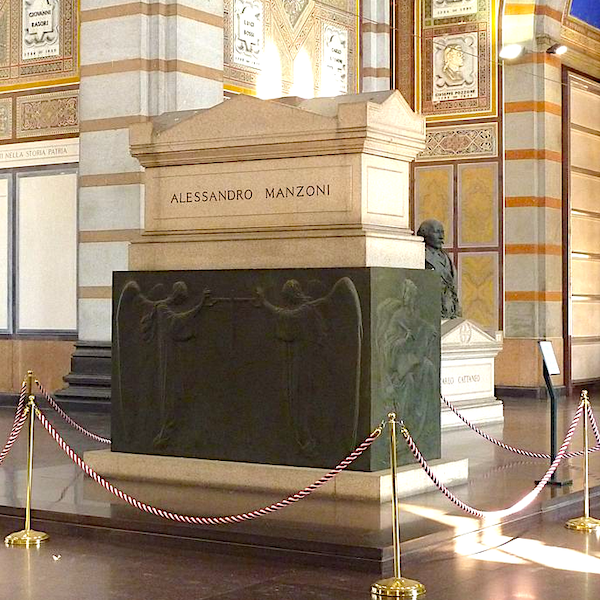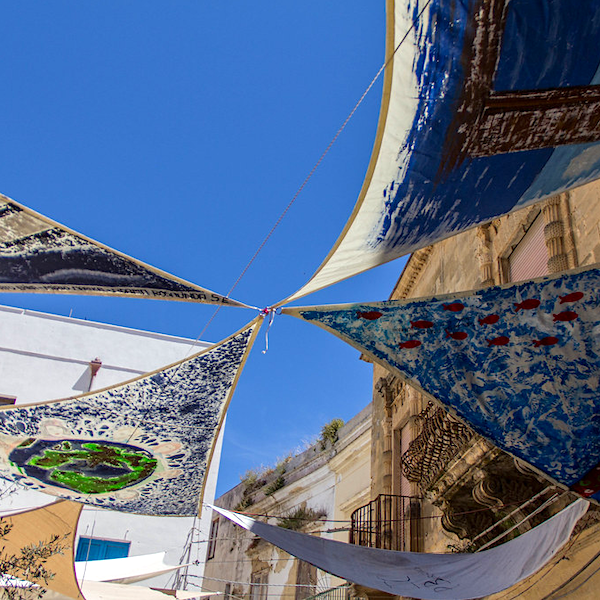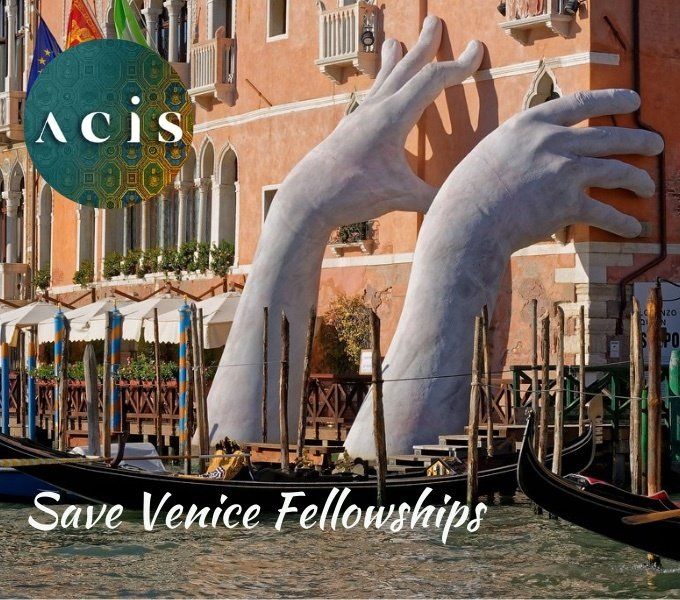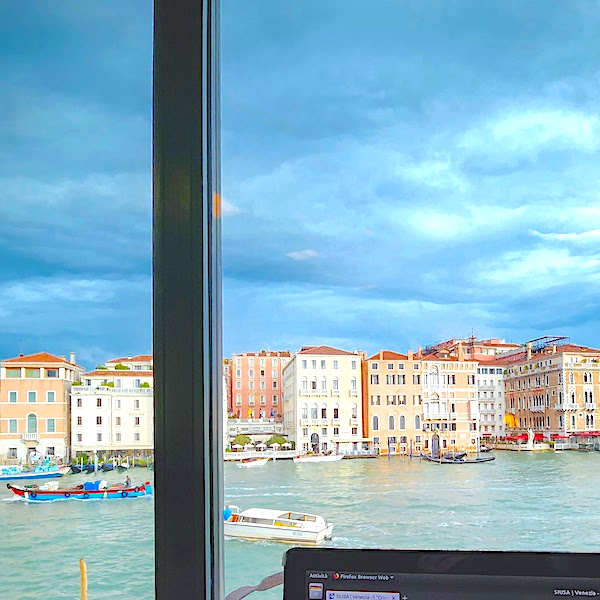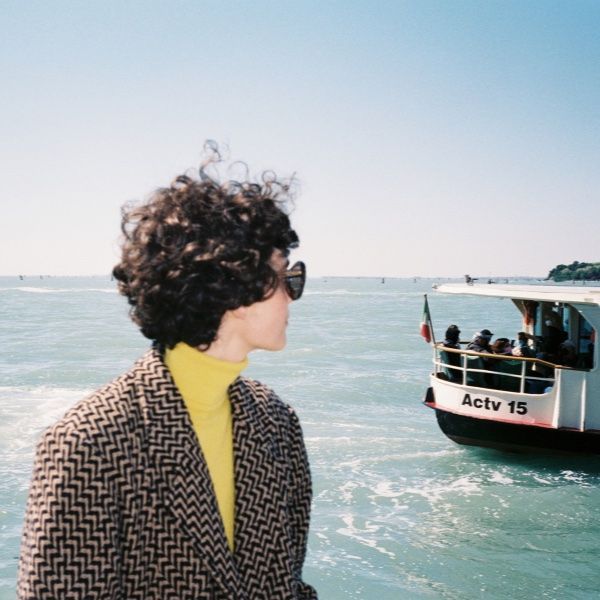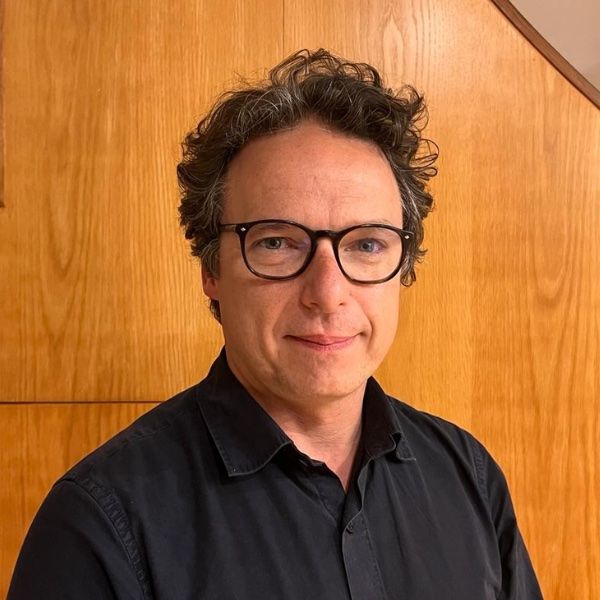Se l’Italia non ci fosse… The view from the pitch
 On 13 August 1973 Richard Greenwood, former captain of England’s rugby union team and father of a 10 month-old son, Will, who would be part of the World Cup winning team in Sydney in 2003, arrived in Rome to become player-coach of Algida Roma. He stayed for five years, leading his fellow-players to undreamt-of levels of fitness and skill while becoming the person described by his Italian friends as a unique blend of English humour, genio napoletano and spirito romanesco. What follows is his story of his move between two different rugby worlds which nonetheless appear to play the game according to the same rules ….
On 13 August 1973 Richard Greenwood, former captain of England’s rugby union team and father of a 10 month-old son, Will, who would be part of the World Cup winning team in Sydney in 2003, arrived in Rome to become player-coach of Algida Roma. He stayed for five years, leading his fellow-players to undreamt-of levels of fitness and skill while becoming the person described by his Italian friends as a unique blend of English humour, genio napoletano and spirito romanesco. What follows is his story of his move between two different rugby worlds which nonetheless appear to play the game according to the same rules ….
‘I am in the Osteria dell’Orso on the Friday evening before the 2016 Six Nations rugby match between Italy and England at the Stadio Olimpico in Rome. I am happily involved with a party of 20 or so of my son Will’s clients and sponsors, but, happier still, I am surrounded by Roman friends and team mates from my time in the 1970s when I was playing for Rugby Roma….
I tell them that they are all rascals and that they are not my friends. No, they are much more to me than friends – I tell them that they are my Roman family. I single out in particular Franco Gargiulo, who is not just my former captain but my Italian brother with whom I have been very close now for over 40 years. I also salute my gaolbird brother, Paolo Gargiullo, my cell-mate in Rome’s infamous Regina Coeli prison. We were both arrested after we broke up a fight between some locals and the visiting Cambridge University rugby team. They all escaped, but Paolo and I, along with another couple of Rugby Roma players, got banged up for a couple of days. Pretty grisly at the time, but it qualified me as an authentic Roman because, just as the true Cockney must be born within the sound of Bow Bells, only those who have been hosted by “The Queen of the Skies” can be regarded as true Romans….
The Greenwood cometh
The Greenwood family (me, Susan, Emma aged 6 and Willino aged 10 months) arrived at Ciampino Airport in August 1973 for me to take up the post of player-coach of Rugby Roma Olimpic Algida. Wow, was it hot; I thought we’d never survive. Well, we most certainly did, as I came for one year and we stayed for five, and to our great pride we remain today as part of the fabric of Roman rugby life. We Greenwoods are a very distinctive race – we are that extremely rare breed known as the Lancastro-Romani, with our hearts divided in equal measure between our rainy homeland of Lancashire, in the north-west of England, and the exquisite beauty of Rome and its wonderfully hospitable people.
Imagine swapping our wet and windy Ribble Valley for the splendours of Rome, with the sensational food, the glorious sunshine, the abundant wine and the fun and friendship of all our new friends – I think it’s what they call a no-brainer. Add to all that the immense benefit to us all of absorbing Italian culture and learning the world’s most beautiful language. We were told that the only place to live was among the expatriate community in Casal Palocco. “No,” we said, “we need to integrate and acclimatise as quickly as possible with the real Italy,” so we moved into a new apartment complex in Villa Bonelli, above Via della Magliana on the way out of Rome to Fiumicino Airport.
 Neither Susan nor I had any sort of language background (hopeless springs to mind) but we both did our best in our separate linguistic spheres. I could give the line-out signals and be rude to opposition players and referees whilst Susan could order the groceries and buy loads of clothes. For the first 6 months we had absolutely no Italian vocabulary in common. To our chagrin, we were rapidly overtaken by Emma and Willino, who both learnt Italian, with a strong hint of Romanesco, through the seat of their pants at play with their little Italian pals. We seniors battled on, and I must say how much we were helped by everyone we met. We would blurt something out in cod Italian and people would be unfailingly helpful in correcting us and showing us the way. Our making the effort was continually rewarded by our Italian friends, who met us more than half way and, pian piano, we managed to get by with increasing fluency and understanding. Imagine our delight when we managed to escape the infinitive, and then the present tense, not to mention finally arriving at the subjunctive.
Neither Susan nor I had any sort of language background (hopeless springs to mind) but we both did our best in our separate linguistic spheres. I could give the line-out signals and be rude to opposition players and referees whilst Susan could order the groceries and buy loads of clothes. For the first 6 months we had absolutely no Italian vocabulary in common. To our chagrin, we were rapidly overtaken by Emma and Willino, who both learnt Italian, with a strong hint of Romanesco, through the seat of their pants at play with their little Italian pals. We seniors battled on, and I must say how much we were helped by everyone we met. We would blurt something out in cod Italian and people would be unfailingly helpful in correcting us and showing us the way. Our making the effort was continually rewarded by our Italian friends, who met us more than half way and, pian piano, we managed to get by with increasing fluency and understanding. Imagine our delight when we managed to escape the infinitive, and then the present tense, not to mention finally arriving at the subjunctive.
It wasn’t all plain sailing, though. I remember wanting to order a summer lunch-time “pasta alla checca,” but it came out as “pasta alla cacca,” which somehow wasn’t quite the same thing. Susan totally flummoxed a friend with her direction to turn left at the third fiammifero. Fiammifero? Semaforo? Ah, what the heck!
Then there was the driving. Imagine the culture shock for a buttoned-up, phlegmatic anglo-saxon when confronted with the Roman traffic. Handy tip – on the right is in the right. Imagine my excitement when, after a couple of months of glaring at the random horn pressers, I eventually succumbed and leant aggressively and unnecessarily on the horn. I can tell you that the relief was palpable as all those years of repression simply melted away and from then on I missed no opportunity to give it a blast, just for the hell of it. By the same token the general principle when parking seemed to be, “I’ve arrived, so I’ll stop anywhere, get out and get on with my day,” irrespective of discipline, available space or good order. But I drew the line at such an easy going attitude and remained true to my precision-parking, English upbringing – my Dad wouldn’t have had it any other way.
And why Rome, signor G?
So how did the rugby go? Steady a moment – how did I come to get to Rome in the first place? I bumped into Ian Robertson and Chris Rea at a rugby function in late 1972. Both were then recent Scottish international backs (both are now distinguished rugby administrators and broadcasters) and they told me of their adventures playing for London Scottish on Saturday, then flying to Italy to play for Roma on Sundays. They were really enjoying themselves but whilst the perks were handsome and substantial the pressures of all the travelling and two games every weekend were beginning to take their toll. The quality of the rugby wasn’t all that good either. “What they really need is a good coach,” they told me, “would you be interested?”
Without giving it much thought, I agreed to meet the Roma officials, who were coming over for the Barbarians v All Blacks game at Cardiff in January 1973. Not a bad game to travel for, what with Gareth Edwards’s “greatest try of all time” and all that, and Susan and I met them for dinner in London a couple of days later. I don’t know whether they made much of me, but they certainly took a shine to Susan and the next thing we knew we were on a flight to Rome to watch the last game of the season. I’ll draw a veil over the match, other than to note that the mass brawl (with Messrs Robertson and Rea as distant spectators) was the undoubted highlight, and that a last gasp Roma try was just enough to stave off relegation. However, the weekend was an absolute knock-out and, much to my surprise, Susan said, “Let’s do it,” so we did. (Flash forward: I would advise anyone thinking of taking a couple of young children and immersing the family in such a happy foreign culture, to seize the opportunity with both hands).
Days of flares and platform soles
 I signed up as player-coach for the 1973/4 season, along with my young Waterloo pal, Ian McAlister, a very promising mid-field back, and we threw ourselves into a really aggressive fitness routine in the height of the Roman summer. At least we would be fit enough for what lay ahead. We also thought we would sock it to the Romans at our unveiling at the very plush pre-season press conference. We turned up in our very best flares, our platform soles and our fly-away collars, only to find ourselves totally up-staged (nay, humiliated) by the array of elegantly casual cashmere sweaters, sea island cotton shirts, silk ties, perfectly tailored trousers and fantastic footwear of all the Italians present. Cue – dump English wardrobe and get round to the local tailors in double quick time.
I signed up as player-coach for the 1973/4 season, along with my young Waterloo pal, Ian McAlister, a very promising mid-field back, and we threw ourselves into a really aggressive fitness routine in the height of the Roman summer. At least we would be fit enough for what lay ahead. We also thought we would sock it to the Romans at our unveiling at the very plush pre-season press conference. We turned up in our very best flares, our platform soles and our fly-away collars, only to find ourselves totally up-staged (nay, humiliated) by the array of elegantly casual cashmere sweaters, sea island cotton shirts, silk ties, perfectly tailored trousers and fantastic footwear of all the Italians present. Cue – dump English wardrobe and get round to the local tailors in double quick time.
We had a separate reception to meet the players and I polished up my script. Holding up a rugby ball, I announced that, “Questa balla è molta preziosa, è un diamondo.” Not even close, it sounded terrible and Luigi Mazzesi, the boss of Algida, the new heavyweight sponsors, chided me for not using an interpreter. He was right of course, but at the same time wholly wrong, because my feeble linguistic efforts marked me out as someone who was prepared to have a go and to work from within as best I could, not as an outsider but as someone who wanted to be accepted as one of them. As I remarked earlier, you blurt something out, no matter how poor the accent or the syntax, and the Italians will meet you more than half way.
Then I met Franco Gargiulo, “il capitano.” Franco commanded his space on the field of play and commanded the respect of friend and foe alike for his hardness and ultra-competitive character. We fell out early on, though, when at dinner on the eve of our first away game he announced that we would be eating “riso in bianco.” I told him that I hadn’t travelled 2500 km to the home of the world’s finest cuisine to eat riso in bianco. I demanded the finest filetto di manzo in the house and a bottle of the best red wine. That settled that, and from then on we forged a bond of friendship that endures to this very day.
If that was the first culture shock, then there were others to follow. Here’s number 2: we were walking through Treviso on the morning of the match when one of my burly mates in the back row linked arms with me. My first reaction was to shoot to the other side of the street but I soon learnt that it was fun to join in with this most tactile of societies. Culture shock number 3: game over and the first away win under our belts, we climbed aboard the team bus for the long journey home, when to my amazement and dismay I could only find a crate of bottled water. Troops were immediately despatched to rectify this error and they soon returned with plentiful supplies of beer – satisfaction achieved and good post-match practice established.
I made it my business to instigate a number of reverse culture shocks, all in my view thoroughly necessary when most of our away trips involved a 4/5 hour bus journey. I introduced the players to liar poker, scat, fizz-buzz and rummy (Greenwood rules) and I led the community singing with Swing Low (with actions), the Banana Boat Song, Crimond (with descant) and Cock Robin (modified version). They taught me the wonderful Italian repertoire of “ Roma non fa la stupida stasera ,” “ Arrivederci Roma ,” “ La società dei magnaccioni ,” “ Funiculì Funiculà ” and “La Norma” (much modified). This was when I morphed from intense and dedicated player-coach into choirmaster and the team CEO (Charabanc Entertainment Officer).
One of the highlights of our frequent long trips up north was our pit stop on the way back at a trattoria in the little village of Lastra Signa just off the autostrada near Florence. I can see it right now in my mind’s eye – papardelle alla lepre and bistecca alla Fiorentina all washed down with a fiasco of Chianti, followed by a sweet of macedonia with gelato. Like Pavlov’s dogs, I am salivating right now just at the thought of it.
The fitness stuff
One thing the game I watched on my earlier visit had taught me was that the levels of both fitness and basic technique were miles off the pace. Straightforward, then, that getting the players to an acceptable level of fitness would have to be priority number one – no use having the skills, if you didn’t have the puff to execute them. Strange to relate, one of the first Italian phrases I became familiar with was, “Ric, non ci riesco più.” Whilst I knew perfectly well what it meant, I refused to acknowledge it and I pushed them harder and harder. It helped that I was physically very fit and I had an ally in Mario Benigni, a fitness instructor and 800-metre runner, who could’ve left me for dead, but who also understood that, if we led from the front together, we would pull everyone else gradually closer to us. Clearly it wasn’t going to be an overnight success, but by late October we were starting to outlast all the other teams in Serie A.
There were emotional overtones in the behaviour of the “non ci riesco” brigade, which needed addressing. Not least, I sought to downplay the regular appearances of Latin temperament in what is fundamentally a very disciplined Anglo-Saxon sport: Marco knocks-on and turns to Giorgio, who has just passed him the ball, “How can a top player like me possibly play with an idiot like you, who can’t even pass the ball properly??” Try changing that attitude to one that acknowledges that mistakes happen but that the mark of a good player is how quickly he sorts it out and puts things right. In short, if it’s rubbish when it arrives with you, then it stays with you, and we all work our socks off to recover the position.
Technically we gradually worked through all our set piece routines, scrum, line-out and restarts, then the ruck and maul area, defensive systems, with loads of support handling in every training session and finally game management, so that by the Christmas break we were recognisable as a team with style, substance and an encouragingly competitive attitude. The progression of our results tells its own story: Lazio (h) lost 16-19; Treviso (a) won 9-4; Frascati (h) lost 12-15; Firenze (a) won 25-6; Genova (h) won 24-9; Padova, the reigning champions (a) lost 0-12; Rovigo (h) won 23-6. Making steady progress you might say. Two indicative results from the return matches in the second half of the season were beating Lazio (a) 18-10 and Padova 25-6 on our home turf at the Stadio Flaminio.
We ended the season in third place, with the highest points scored total (406), the second highest number of tries scored (61), and the leading try scorer (me, with 17!). Now, that was a far cry from flirting with relegation the season before. Oh, by the way, the Roma Under 17 team, which I coached, won the Italian Championship after an arduous, season-long campaign. I am still in touch with quite a number of them and no matter how hard I try to focus my varifocals they all look just the same as the youngsters who did me proud all those years ago (despite the fact that they are now all turning 60!) A special word of thanks to Carlo Casagrande, who not only starred at scrum-half, but also patiently and effectively translated my idiosyncratic English those first few months.
the leading try scorer (me, with 17!). Now, that was a far cry from flirting with relegation the season before. Oh, by the way, the Roma Under 17 team, which I coached, won the Italian Championship after an arduous, season-long campaign. I am still in touch with quite a number of them and no matter how hard I try to focus my varifocals they all look just the same as the youngsters who did me proud all those years ago (despite the fact that they are now all turning 60!) A special word of thanks to Carlo Casagrande, who not only starred at scrum-half, but also patiently and effectively translated my idiosyncratic English those first few months.
 Italy were at that time coached by Gianni Villa, who was also a Rugby Roma man, and he liked the look of the work I was doing and offered me one of my all time rugby highlights. He asked me to play for and captain an Italian XV against Ponsonby, a touring NZ club side. Well, what a thrill that was and this time my limited Italian was up to the task. I suggested that the game was,”Una partita di 2% – la differenza fra 49% e 51% del territorio e del possesso del pallone. Allora, catturiamo quei 2% e vinceremo!” Amazingly, the lads all believed me and we went out and won 14-6.
Italy were at that time coached by Gianni Villa, who was also a Rugby Roma man, and he liked the look of the work I was doing and offered me one of my all time rugby highlights. He asked me to play for and captain an Italian XV against Ponsonby, a touring NZ club side. Well, what a thrill that was and this time my limited Italian was up to the task. I suggested that the game was,”Una partita di 2% – la differenza fra 49% e 51% del territorio e del possesso del pallone. Allora, catturiamo quei 2% e vinceremo!” Amazingly, the lads all believed me and we went out and won 14-6.
The 1974-5 season also went well. Again we came third in the table, with the most points scored (452) the most tries scored (70, 14 ahead of the number 2 team), the leading goal kicker (Giorgio Lari with 127) and the leading individual try scorer (me again, with 19 this time!) I don’t like to kick a bloke when he’s down, but 95-6 against Genova in December 1974 set all sorts of records, both for the club and for Italian rugby in general.
I snapped an Achilles tendon in the spring of 1975 which kept me out of the side for virtually the whole of the 1975-6 season, and the powers-that-were in the club decided that I should put my playing boots to one side and concentrate on coaching and bringing on the younger players. I should have seen the writing on the wall and 6 th place in the table, followed by 5 th in 1976-7 led to the inevitable high pressure sporting result – I got the sack! I was pretty aggrieved, particularly as my Roma Under 21 team had just won its first Italian Championship, having already been twice losing finalists.
Stars and super-stars
What a downer that might have been, but something else was stirring in Italian rugby at the time. Pierre Villepreux , the outstanding former French full-back had arrived from Stade Toulouse to coach the Italian National Team, Carwyn James , the uber successful coach of the 1971 Lions in New Zealand was coaching Rovigo, Brian Ashton , a great scrum half and visionary coach was player-coach in Milan and there was I, making up the numbers. We met frequently and it was a most exciting time for me to rub shoulders with rugby men of such high calibre.
It might rightly be construed that these super-coaches were responsible for the emergence of Italy as an eventual Six Nations participant. Their influence is undeniable, but the true resurgence of the game came much earlier in the immediate aftermath of the Second World War from 1945 onwards. There were vast numbers of Allied troops in residence and the soldiers from Australia, South Africa, New Zealand and the British Isles all got stuck into their rugby. It rubbed off on the locals and led to the first golden age of Italian rugby and a generation of gifted Italian rugby players. A positive corollary for me was that by the early 1970s they had arrived as the senior men on the rugby scene. Rugby Roma had won back-to-back National Championships in the late 1940s and these were the men I met in the spring of 1973, who brought the Greenwood family to Rome – I am forever in their debt. Franco Maria Gargiullo, Piero Marini, Umberto Silvestri, Fulvio Pitorri, Buby Farinelli and Peppe Pagni – all great friends of mine and an adventurous bunch of administrators.
The later advent of heavy club sponsorship brought some legendary figures into Italian rugby. The likes of Andy Hayden , David Campese and Michael Lynagh added a touch of stardust, but don’t forget the raft of outstanding rugby men I played with and against – Dai Cornwall (Wales), Nelson Babrow (South Africa), Clive Burgess (Wales), Brian Ashton (England), Ian McAlister (England), Des Newton (South Africa) and Richard Nurse (South Africa). A word on the subject of Ian McAlister, who, in the 1973-4 season, was not only a constant figure in mid-field, with an outrageous side-step, a cheeky dummy and a very useful habit of dropping goals just when they were most needed, but also a great personality, who acted as my link-man with his inside track to the pulse of the players. My success in the first season was made infinitely simpler by his immediate rapport with his team mates and his policy of total immersion in all things Roman. The older generation were mightily impressed that “a man of such slender physique could put away such industrial quantities of beer,” but I digress…..
In swamp and sun
Back to the plot, then. Lazio Rugby had spent a couple of years out of Serie A, but had just won promotion back to the top flight and they made me an offer I couldn’t refuse. So, off I went to the other side of town with a handful of Roma players who had also been deemed surplus to requirements. The change of air did me a power of good and I found some extra bounce in my legs and some extra puff in my lungs and became a player-coach once again. What a sensational season we had. Competitive throughout, we scored loads of tries, won our fair share of games and broadly speaking lost narrowly to the big boys – a draw at Rovigo and a one point loss to them in Rome meant that I could certainly look Carwyn James in the eye. However, there were only 2 games that mattered to all of us at Lazio that season and, with fine dramatic timing, we would play Roma Algida on the last day of the outward half of the season and, naturally, again on the very last day of the programme.
We arrived at our ground at Acqua Acetosa in late January to find a paddy field after days of constant rain, to face an Algida team that had only dropped one point in the entire campaign so far, with a steamroller pack, anchored around All Black legend Andy Haden. I met a bunch of downcast lads in our dressing room, but don’t forget, I’m from rainy Lancashire and playing on a swamp like this was right up my strada. In these conditions, they can’t play and we don’t have to – the mud is our very best friend, so let’s chuck the kitchen sink at them (I just made that last bit up, because it doesn’t really translate into Italian, but you get my drift) and make their lives a misery. Well, lo, it came to pass, and we absolutely stuffed them 12-4, scoring 2 tries to one.
You won’t believe the next bit, though. The last day of the season was in late May in Rome’s beautiful spring sunshine. It couldn’t happen again, could it? Oh, yes it could – Roma Algida 10, Lazio 12. Winning my first cap was fantastic, the births of my 3 children all wonderful experiences, getting married, pretty damn’ good, but I tell you the feeling of utter, incandescent euphoria when the final whistle blew is right up there with the best of the best of my lifetime experiences. Apologies to Will Greenwood and the England rugby team at the World Cup Final in 2003, but you definitely come second!
For once, and probably for the only time in my life, I decided to get out at the top and took heed of the old Music Hall adage – always leave them wanting more. We returned to England in the late summer of 1978 having spent 5 exceptionally happy years in Rome, having acquired a host of friends, having become effectively a part of the Gargiulo and the Manni families, and carrying with us for the rest of our lives the memories of our most wonderful sojourn in the greatest city of all.
“Se l’Italia non ci fosse, dovremmo inventarla.”
This time, I arrive at the Stadio Olimpico for the 2014 Italy v England match and, as is my habit, I stroll over to the booth and buy myself a programme. I thumb through and towards the back there is an article entitled “Inglesi a Roma,” which catches my eye. I read about Keats and Shelley the poets, Turner the artist, the article talks about Shakespeare and Francis Drake and then I turn the page and there we are – action photos of both me and Will as great ambassadors for England and English rugby. I don’t care whether I am there by accident, maybe I am just a typo, but I do care that they remember me and that my pebble is still causing a little ripple in the rugby waters of Rome.
Thank you, thank you, to all my Roman friends and family.
Richard Greenwood
FOR THOSE WHO WOULD LIKE TO DOWNLOAD A VERSION IN PDF, CLICK HERE
